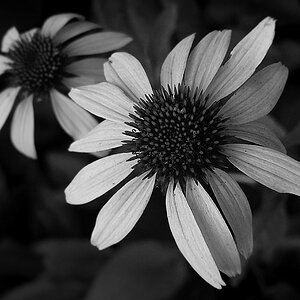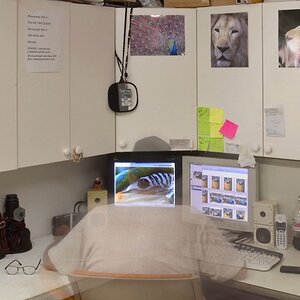gracecovenant
TPF Noob!
- Joined
- Aug 14, 2016
- Messages
- 2
- Reaction score
- 0
- Can others edit my Photos
- Photos NOT OK to edit
My first post, and a new dslr owner.....be gentle please.
I am trying to approach my manual mode's Aperture, Shutter, & ISO settings systematically instead of fumbling until the exposure dial is centered. This is my GENERALIZED system:
In most cases, i first set the iso as low as i think is reasonable for the light. Then, i try to establish the aperture for the depth i am looking for. Finally, i set the shutter to bring the exposure dial into center.
I know there are so many variable that could nullify this approach, but I am curious how many of you have a system and if I am grossly off the mark in my approach.
I am trying to approach my manual mode's Aperture, Shutter, & ISO settings systematically instead of fumbling until the exposure dial is centered. This is my GENERALIZED system:
In most cases, i first set the iso as low as i think is reasonable for the light. Then, i try to establish the aperture for the depth i am looking for. Finally, i set the shutter to bring the exposure dial into center.
I know there are so many variable that could nullify this approach, but I am curious how many of you have a system and if I am grossly off the mark in my approach.


![[No title]](/data/xfmg/thumbnail/34/34139-e52deba745f42ba091907fcc460cd6db.jpg?1619736311)
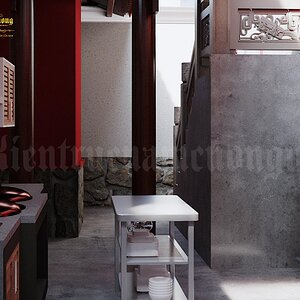
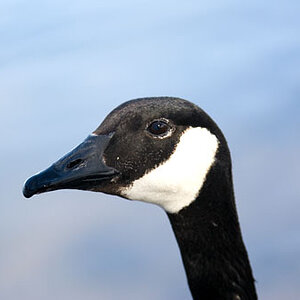
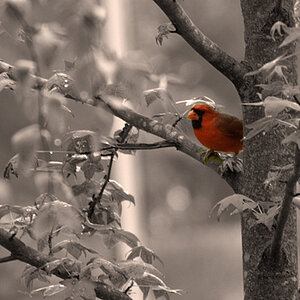
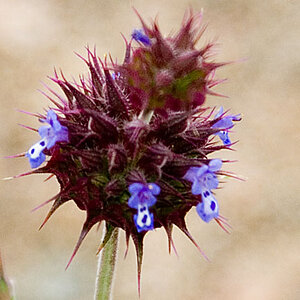


![[No title]](/data/xfmg/thumbnail/34/34142-948c6bafdf60862125009004d5a06e46.jpg?1619736315)
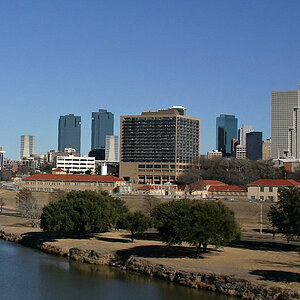
![[No title]](/data/xfmg/thumbnail/41/41779-303c41fcb3e37507cbe986d76dbfcf85.jpg?1619739890)
